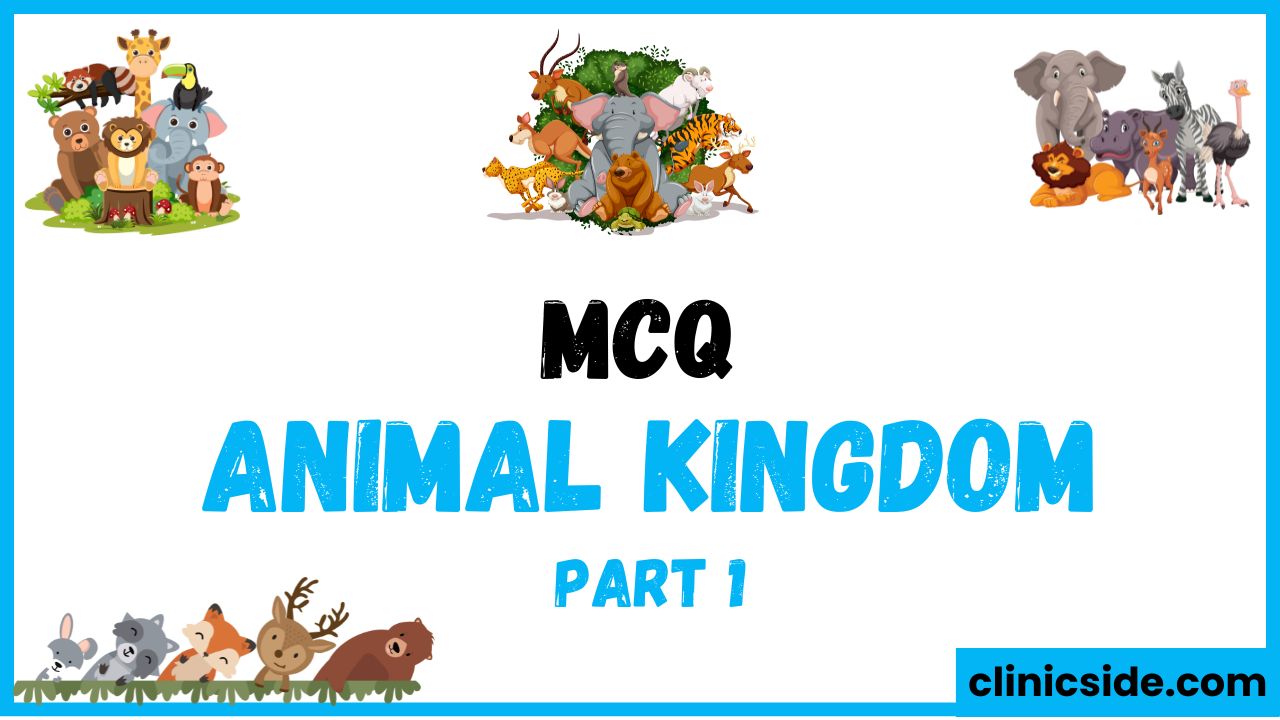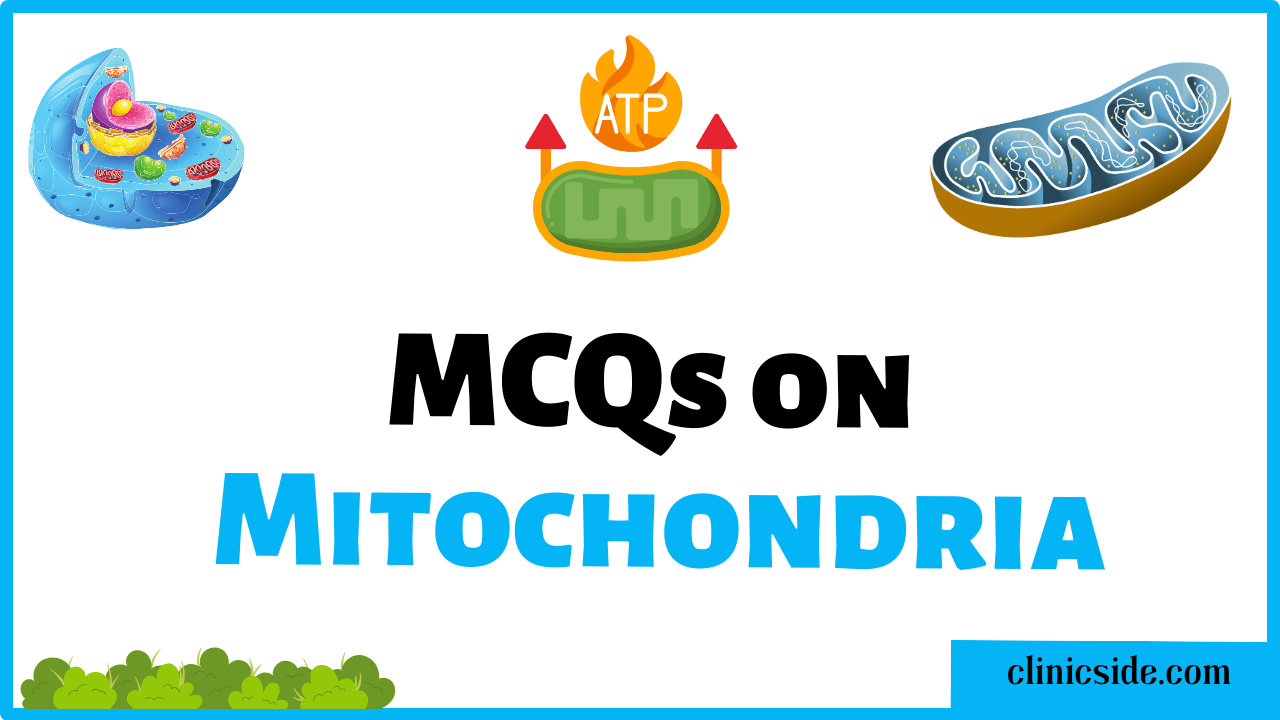Quiz
Available options: 1 to 20
Detailed Description for MCQs
Multicellularity and Domain of Animals
Animals are multicellular organisms, made up of many specialized cells working together. They belong to the domain Eukarya, which includes all organisms with cells containing a nucleus.
Simple Animals and Structural Features
Sponges, classified under Phylum Porifera, are simple animals that filter feed through pores. Despite their simplicity, they are part of the Animal Kingdom. Animal cells differ from plant cells by lacking a rigid cell wall, which allows for greater flexibility. Animals are also heterotrophic, meaning they depend on other organisms for food.
Body Symmetry and Acoelomates
Cnidarians, such as jellyfish, exhibit radial symmetry, where their body parts radiate around a central axis. In contrast, flatworms are classified as acoelomates, lacking a body cavity, which differentiates them from animals with true coeloms.
Water Vascular System and Amphibians
Echinoderms, like starfish, have a water vascular system that aids in movement and feeding. Amphibians, such as frogs, live both in water and on land and undergo metamorphosis during their development, transitioning from aquatic larvae to terrestrial adults.
Insects and Arthropods
Insects, the largest group of arthropods, have segmented bodies divided into head, thorax, and abdomen, and they possess six legs. Arthropods are distinguished by their jointed appendages and exoskeleton made of chitin.
Cephalopods and Earthworms
Cephalopods, such as octopuses, are highly intelligent mollusks known for their ability to camouflage and adapt to their environment. Earthworms have a closed circulatory system, where blood flows through vessels, enhancing the efficiency of nutrient and oxygen transport.
Coral Reefs and Heart Structure in Birds
Corals form reefs by secreting calcium carbonate, creating habitats for diverse marine life. Birds have a four-chambered heart, which separates oxygenated and deoxygenated blood, ensuring efficient circulation and oxygen delivery to tissues.
Amniotic Eggs and Oviparity
Reptiles and birds lay amniotic eggs with protective membranes, allowing embryos to develop on land. Oviparous animals, such as birds, lay eggs that develop externally, with embryos hatching outside the mother’s body.
Scales in Fishes and Monotremes
Fishes have scales that protect their bodies and help reduce water resistance, aiding in efficient swimming. Monotremes, like the platypus, are unique mammals that lay eggs but produce milk to feed their young after hatching.





